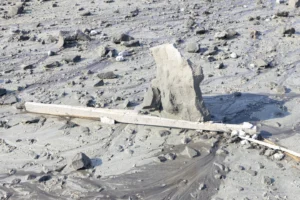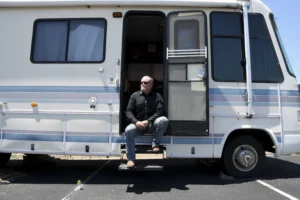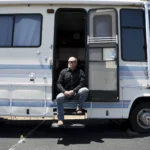WYOMING SCHOOLS AT A CROSSROADS: State Asks Supreme Court to Intervene on School Funding Fight
Education association and school districts win early round in case
- Published In: Other News & Features
- Last Updated: Aug 18, 2023
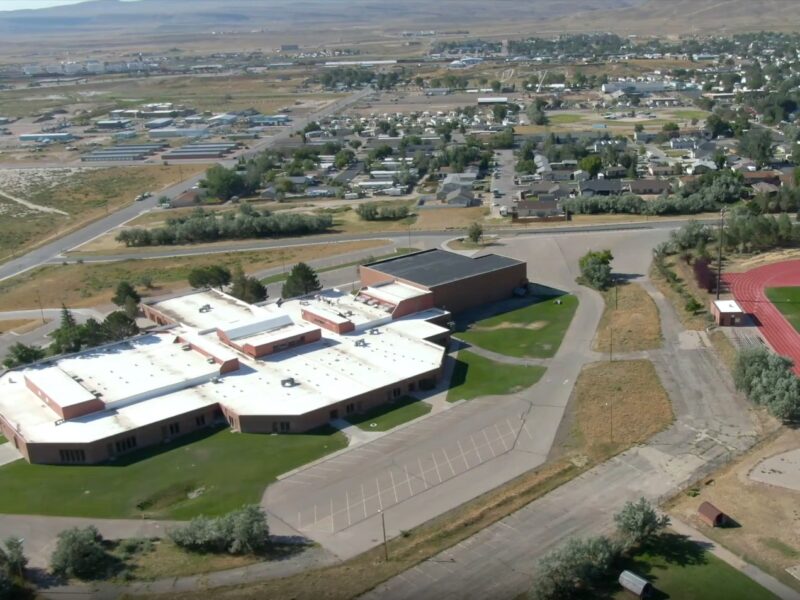
Carbon County School District 1, which operates Rawlins Middle School and others, is among the plaintiffs in a suit against the State of Wyoming over school funding. They say a lack of adequate funding has negatively impacted everything from retention to extracurricular activities. (Courtesy image from Carbon County School District 1)
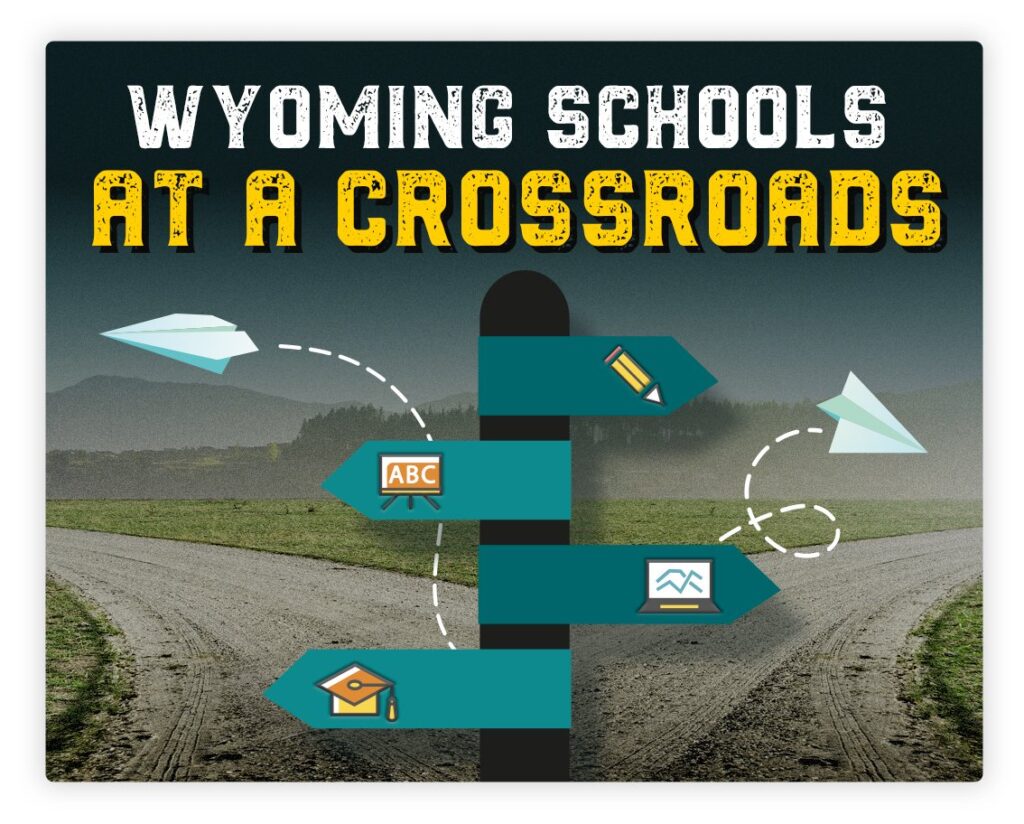
By CJ Baker
Special to the Wyoming Truth
A coalition of Wyoming educators and school districts have scored an early victory in their fight to get more funding for the state’s public schools, but the attorney general said the ruling could spur an “unending stream of litigation.”
The Wyoming Education Association (WEA) and eight school districts are seeking to force state lawmakers to provide more money for salaries, security measures, school lunches, new buildings and other needs in the public K-12 school system. The WEA — which represents roughly 6,000 teachers and other educators across the state — asserts in its suit filed last summer that the Legislature is “deliberately refusing to fund public schools as required by the constitution.”
The Wyoming Attorney General’s Office is defending the lawmakers’ actions, calling the case “a sweeping effort … to compel more education spending and override decisions of the elected representatives of the citizens of Wyoming.”
The parties are set to square off at a May 2024 trial in Cheyenne, but at the end of last month, the presiding judge issued a ruling that could give the plaintiffs a significant advantage.
A certain level of scrutiny

Typically, anyone claiming that the state violated its own constitution bears the “heavy” burden of proving the allegation “beyond any reasonable doubt.” However, a very different standard — known as the strict scrutiny test — applies when a fundamental right is involved. In those instances, state officials bear the burden of proving that whatever harm they caused was “forced” by a compelling governmental interest and that their actions were designed to have the least possible impact.
Education is enshrined as a right in the Wyoming Constitution, and in 2001, the Wyoming Supreme Court declared that “all aspects of the school finance system are subject to strict scrutiny.” That would seem straightforward enough, but in 2008, the court declined to apply the tougher test to a dispute over specific changes to the state’s funding model.
The attorney general’s office cited the latter ruling in arguing the legislative branch should be given more deference when it comes to the amount of funding, with the equality of funding more suited for strict scrutiny from the judiciary.
However, presiding Laramie County District Court Judge Peter Froelicher rejected the state’s attempt to distinguish between the funding issues.
“Whether the challenge to legislative action or inaction is based on disparities in funding, disparities in the quality of education provided, or the general inadequacy of the quality of education being provided because of a lack of funding, strict scrutiny must be applied to any proven harm to or disparity in the fundamental right to education,” Froelicher wrote in a July 31 decision, putting the burden on the state.
Seeking intervention
This week, the attorney general’s office asked the Wyoming Supreme Court to review the ruling, suggesting it could set a troublesome precedent.

Under Froehlicher’s reading of the law, “the courts in Wyoming are, upon filing of a lawsuit, empowered to second-guess and effectively dictate the amount of education spending by reviewing legislative spending decisions under the most exacting constitutional standard possible,” wrote Deputy Attorney General Mark Klaassen, Senior Assistant General Sean Towles and former state Rep. Tim Stubson of the private firm Crowley Fleck. They said the precedent “threatens to embroil the courts in an unending stream of litigation over funding levels for years to come.”
The issue is “fundamental to the outcome of this case,” the attorneys wrote. They also argue the high court should clarify the law for future disputes, calling the prior rulings on school finances “difficult to reconcile.”
The WEA and the participating school districts — based in Laramie, Gillette, Rawlins, Diamondville, Rock Springs, Green River and Evanston — have until Aug. 29 to file a response. However, they’ve already made clear that they disagree with the AG’s take; the WEA’s attorneys from Hacker, Hacker and Kendall wrote in June that “all of those positions advocated by the state are totally incorrect” and “ignore or misconstrued the actual established history of school finance litigation.”
Suits over school funding are nothing new: The Supreme Court’s first landmark decision came in 1980 and was followed by four others between 1995 and 2008.
The litigation resulted in a complex funding model that gives every school district an equitable amount of revenue. The Supreme Court also directed lawmakers to review the model every five years to ensure it is geared toward a quality education and to adjust funding for inflation at least every two years.
The school districts and WEA say the Legislature has been failing to complete those tasks, leading to difficulties in recruiting and retaining staff, aging buildings, fewer elective classes, a lack of counselors and more. Lawmakers did include a $70 million external cost adjustment in the budget passed last winter, though only after some debate.
According to a recent report from the National Center for Education Statistics, Wyoming spent $18,140 per pupil in fiscal year 2021, which ranked as the 12th highest total in the country.

